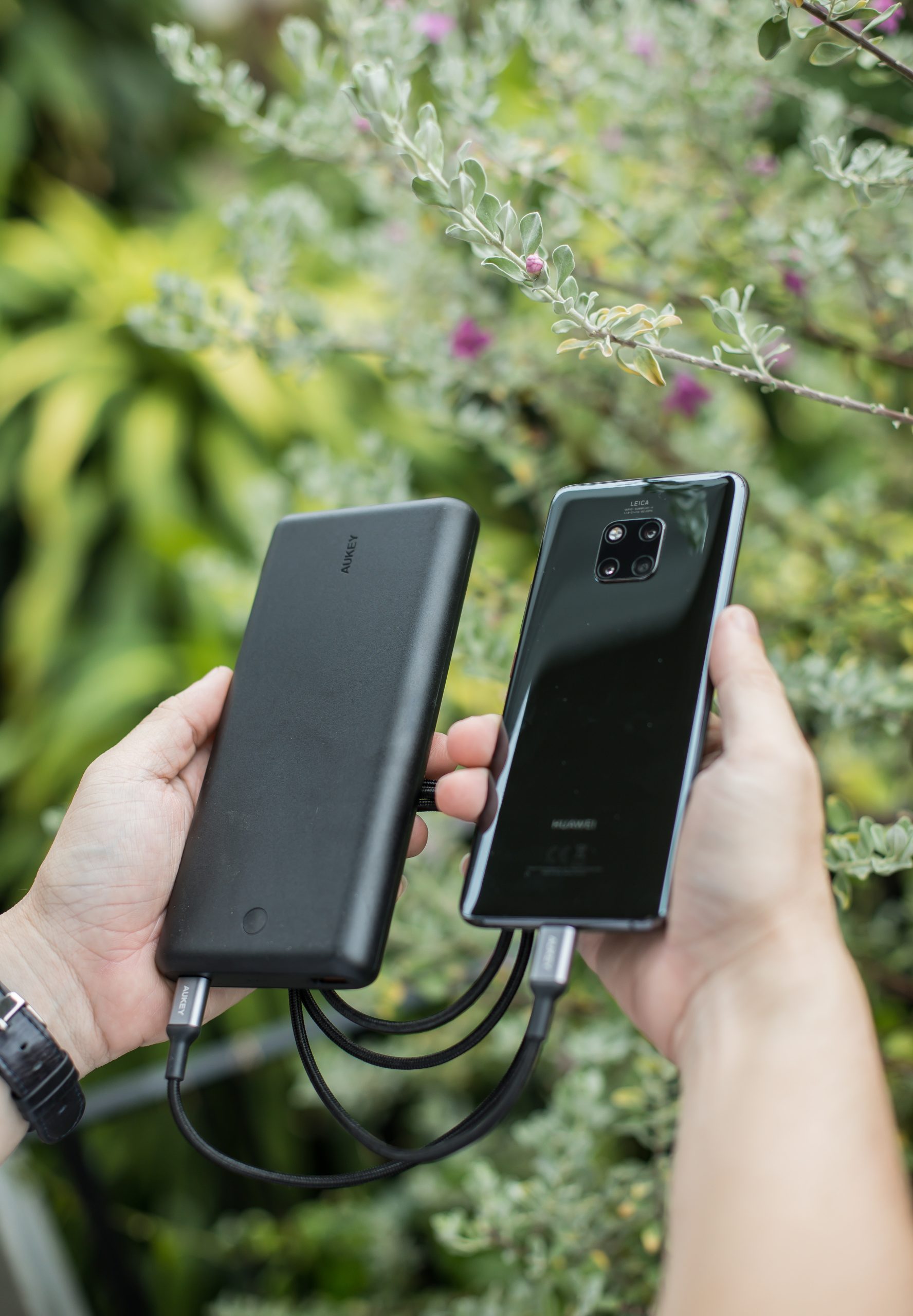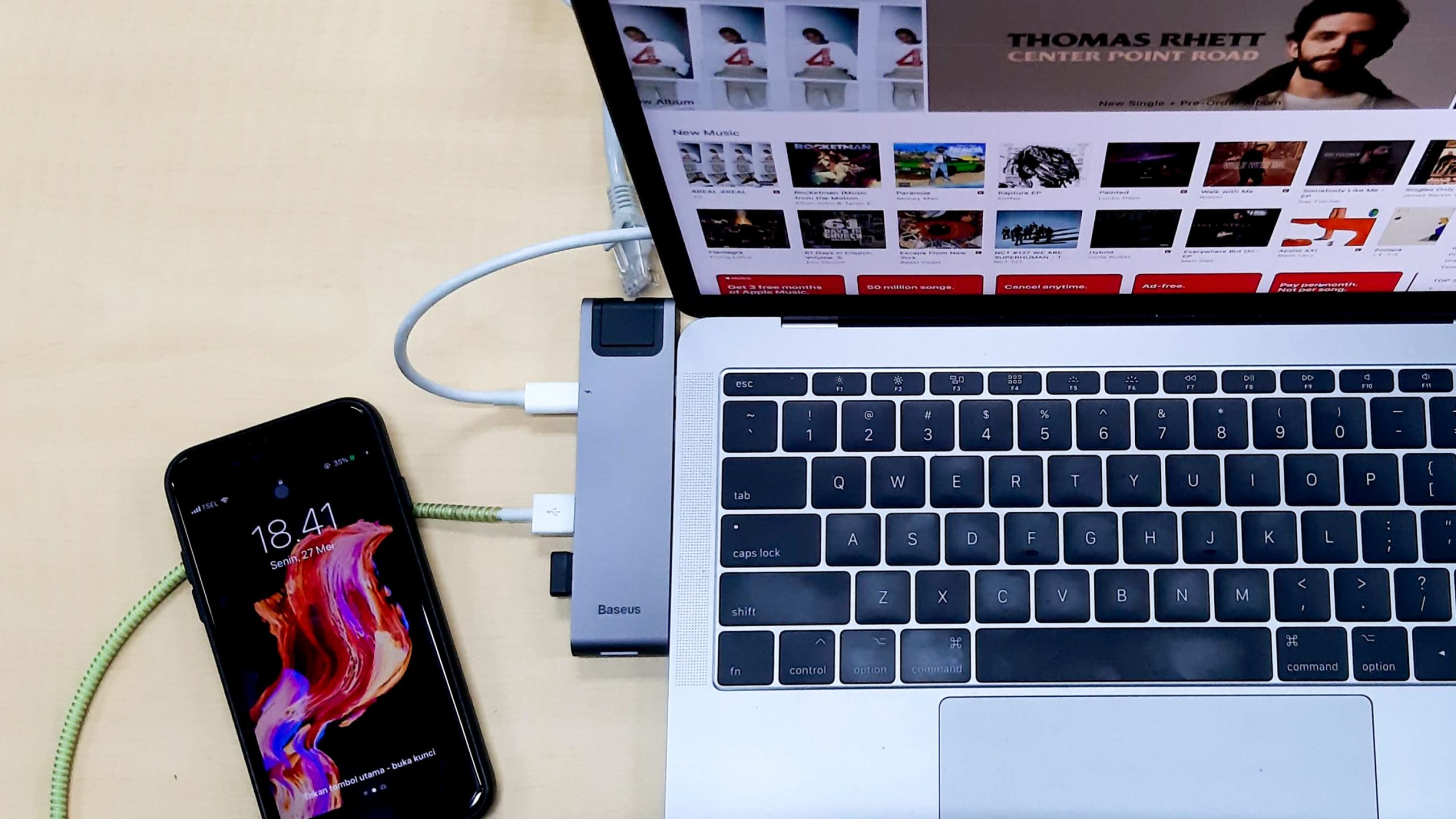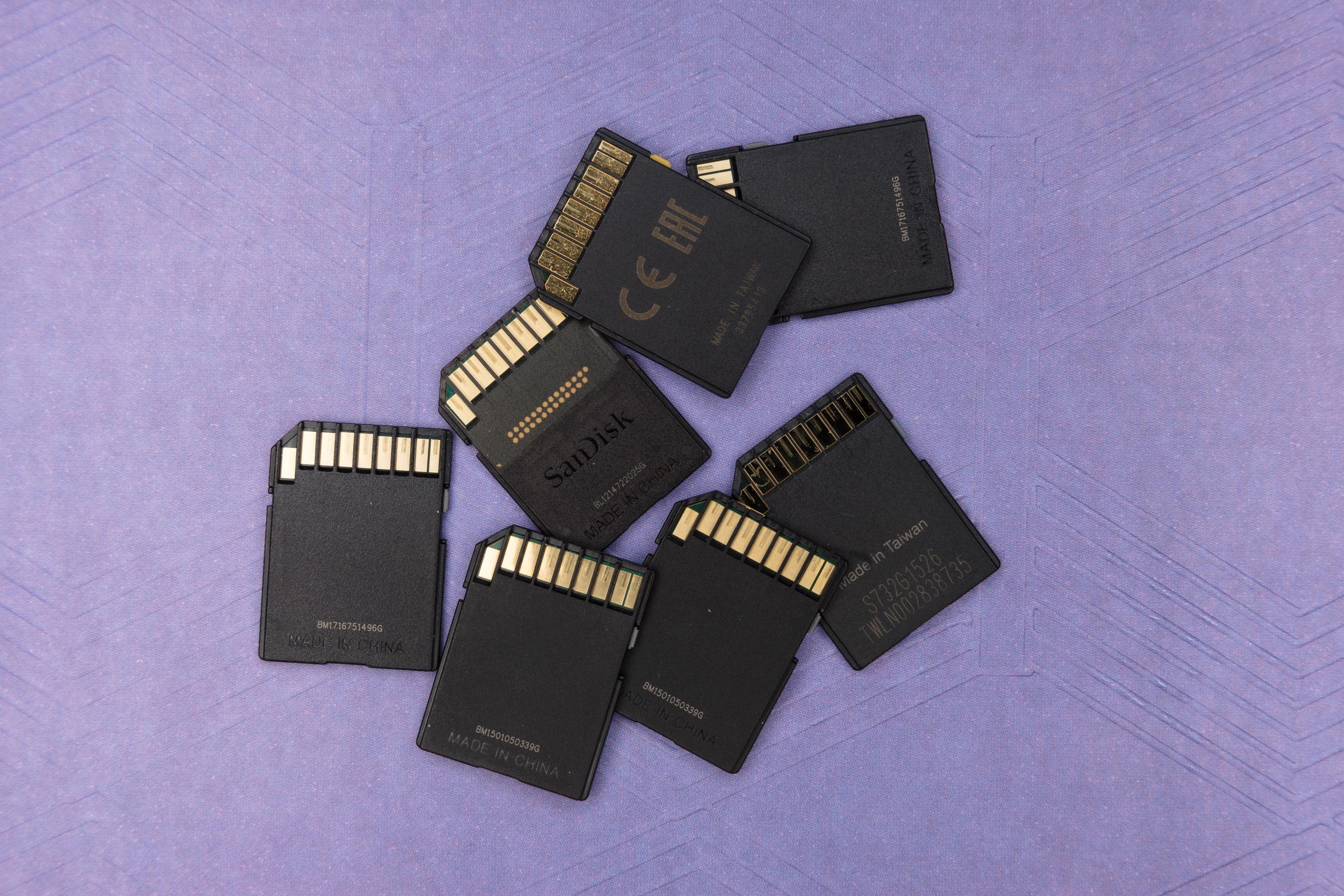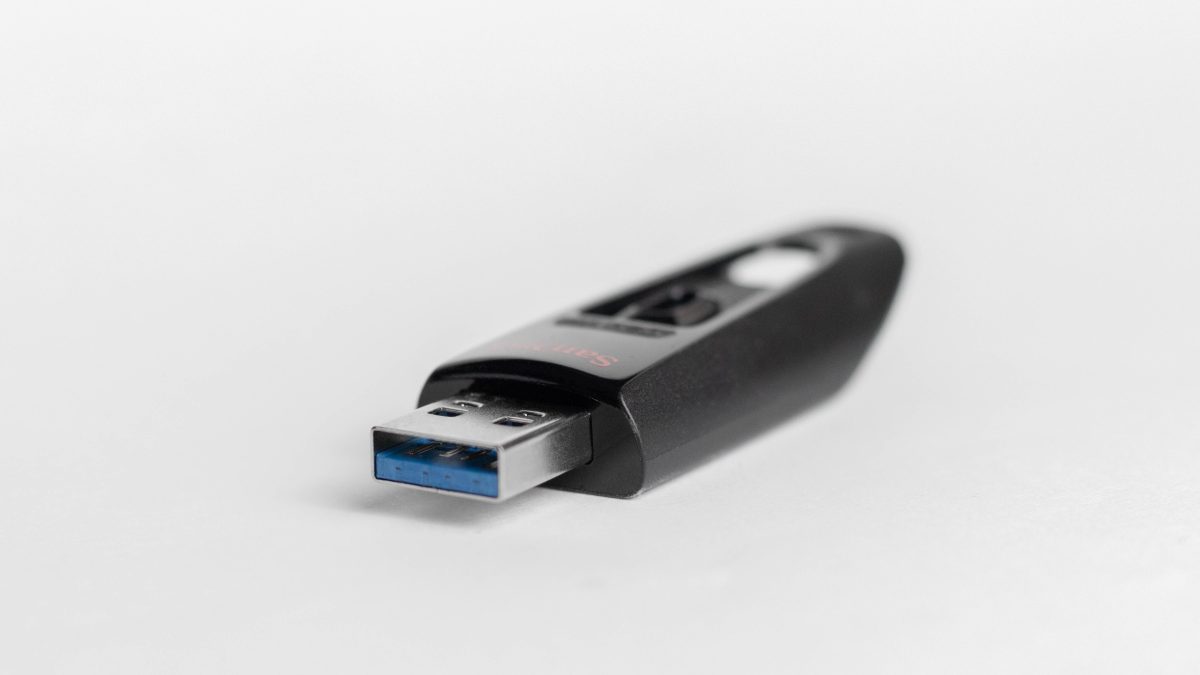In today’s interconnected world, the need to access and transfer files between devices has become paramount. Whether you are a student needing to transfer assignments from your PC to your mobile device, or a professional constantly on the go requiring access to important documents while away from your desktop, having a seamless file transfer solution is crucial. With the rapid advancements in technology, numerous options have emerged for transferring files between PCs and mobile devices. This article aims to explore some of these solutions, providing an in-depth analysis of their features, functionality, and ease of use. By the end of this article, you will be equipped with the knowledge necessary to choose the best PC to mobile file transfer solution that suits your needs and enhances your productivity.
Why you need a PC to mobile file transfer solution
A PC to mobile file transfer solution is essential in today’s digital age. With the increasing use of smartphones and tablets, it has become crucial to have a reliable way to transfer files between devices. Whether you need to share documents, photos, or videos, having a seamless transfer process can save time and ensure that important files are easily accessible.
One major advantage of a PC to mobile file transfer solution is convenience. Rather than relying on traditional methods such as email or physical storage devices like USB drives, you can simply connect your devices wirelessly and transfer files with just a few clicks. This eliminates the need for cumbersome cables or external storage devices, making it much easier and faster to share files.
Another benefit of using a PC to mobile file transfer solution is the ability to manage and organize your files effectively. Many solutions offer features such as file syncing, which automatically updates files across all connected devices. This ensures that you always have access to the latest version of your documents or media files, regardless of whether you’re working on your PC or mobile device.
In conclusion, having a PC to mobile file transfer solution is indispensable in today’s digital world. It provides convenience by simplifying the process of transferring files between devices and allows for efficient management and organization of your data. With these advantages in mind, it’s clear why investing in a reliable file transfer solution is necessary for anyone who regularly uses both PCs and mobile devices.

Benefits of using a PC to mobile file transfer solution
Using a PC to mobile file transfer solution offers numerous benefits for individuals and businesses alike. Firstly, it provides a convenient and efficient way to transfer files between devices. Whether you need to send documents, photos, or videos from your computer to your smartphone or vice versa, this solution allows for seamless and quick transfers with just a few clicks.
Moreover, using a PC to mobile file transfer solution eliminates the need for cables or external storage devices. Instead of relying on USB cables or memory cards, which can be easily misplaced or damaged, this software enables wireless transfers through Wi-Fi or Bluetooth connections. This not only simplifies the process but also reduces clutter and ensures that important files are safely transferred without the risk of physical damage.
Additionally, PC to mobile file transfer solutions often come with additional features such as file management options. Users can organize their files directly from their computer screen before transferring them to their mobile device. This saves time and enhances productivity by allowing users to categorize and sort files conveniently on their desktops before sending them over.
In conclusion, utilizing a PC to mobile file transfer solution offers several advantages including convenience, efficiency in transferring files wirelessly without the need for cables or external storage devices, as well as providing additional features like file management options that enhance productivity.
Popular PC to mobile file transfer solutions
One popular PC to mobile file transfer solution is using a USB cable. This method allows users to connect their mobile device to their computer using a USB cable and transfer files directly from the PC to the phone or vice versa. It is a simple and straightforward solution that requires no additional software installation. However, it may not be the most convenient option for transferring large files or when multiple devices need to be connected simultaneously.
Another commonly used PC to mobile file transfer solution is cloud storage services such as Google Drive or Dropbox. These services allow users to upload files from their computer to the cloud, which can then be accessed and downloaded on their mobile devices through dedicated apps. Cloud storage solutions provide a convenient way of syncing files between different devices, making them accessible anytime and anywhere with an internet connection. However, this method requires an active internet connection and may have limitations in terms of storage space for free accounts.

How to choose the right PC to mobile file transfer solution
When it comes to choosing the right PC to mobile file transfer solution, there are several factors to consider. First and foremost, compatibility is crucial. Ensure that the solution you choose is compatible with both your PC operating system and your mobile device’s operating system. This will ensure a seamless transfer of files between the two devices.
Another important factor is ease of use. Look for a solution that offers a user-friendly interface and straightforward instructions. You don’t want to waste time trying to figure out how to use complicated software or apps.
Additionally, consider the speed and efficiency of the file transfer solution. Look for options that offer fast transfer speeds, especially if you frequently need to transfer large files or batches of files.
Lastly, consider any additional features or functionalities that may be important to you. For example, some solutions offer automatic syncing between devices or the ability to schedule transfers at specific times.
Step-by-step guide on transferring files from PC to mobile
When it comes to transferring files from your PC to your mobile device, there are several methods you can choose from. One of the easiest ways is by using a USB cable. Simply connect one end of the cable to your PC and the other end to your mobile device. Once connected, navigate to the file or folder you want to transfer on your PC, right-click on it, and select Copy. Then, open the desired location on your mobile device and right-click again, selecting Paste to complete the transfer.
Another method involves using Bluetooth technology. Ensure that both devices have their Bluetooth enabled and are paired with each other. On your PC, locate the file you wish to transfer, right-click on it and select Send To or Share, then choose your mobile device’s name from the available options. Accept any incoming file notifications on your mobile device and wait for the transfer process to finish.
Additionally, cloud storage services such as Google Drive or Dropbox offer a convenient way to transfer files between different devices. Upload the desired file or folder from your PC onto these platforms and ensure that they are synced with your account. On your mobile device, install their respective apps and log in with the same account details. The files will be accessible for download within these apps on your phone for easy access whenever needed.
Regardless of which method you choose, transferring files from PC to mobile has never been easier thanks to various technological advancements available today.

Tips for optimizing file transfers between devices
Here are some tips for optimizing file transfers between devices, specifically when transferring files from a PC to a mobile device.
Firstly, ensure that both the PC and the mobile device have reliable internet connections. A stable and fast internet connection will significantly speed up the file transfer process. If possible, connect both devices to the same Wi-Fi network to avoid any potential slowdowns caused by using different networks.
Secondly, consider using specialized software or apps designed for efficient file transfers. These tools often provide features like compression and encryption, which can help reduce file size and protect sensitive information during the transfer. Additionally, they may offer faster transfer speeds compared to standard methods such as email attachments or Bluetooth.
Lastly, organize your files before initiating the transfer. Remove any unnecessary files or folders to reduce the overall size of data being transferred. This step can save time and optimize space on your mobile device’s storage. Sort your files into relevant folders so that it becomes easier to locate them on your mobile device once transferred.
By following these tips, you can optimize file transfers between PCs and mobile devices, ensuring a smooth and efficient experience while saving time and resources in the process.
Conclusion: Finding the perfect PC to mobile file transfer solution
In conclusion, finding the perfect PC to mobile file transfer solution is crucial for individuals and businesses alike. With the increasing reliance on mobile devices for work, entertainment, and communication, having a seamless and efficient way to transfer files between PCs and mobiles has become essential.
There are numerous options available in the market that cater to different needs and preferences. Some popular solutions include cloud storage services like Dropbox or Google Drive, which allow users to sync their files across multiple devices. These services not only provide a convenient way to transfer files but also ensure data security through encryption.
Another option is using dedicated file transfer apps like AirDroid or Pushbullet that enable wireless file transfers between PCs and mobile devices. These apps offer features such as drag-and-drop functionality, direct file sharing via Wi-Fi network connections, and even remote access capabilities.
When choosing a PC to mobile file transfer solution, it is important to consider factors such as ease of use, speed of transfer, compatibility with different operating systems, and level of security. By carefully evaluating these aspects and selecting the right solution based on individual requirements, users can ensure hassle-free file transfers between their PCs and mobile devices.
Matej Milohnoja
Related posts
New Articles
Managing Server Security Databases
In today’s digital landscape, organizations of all sizes depend on the performance and safety of their server infrastructure. With increasing…


